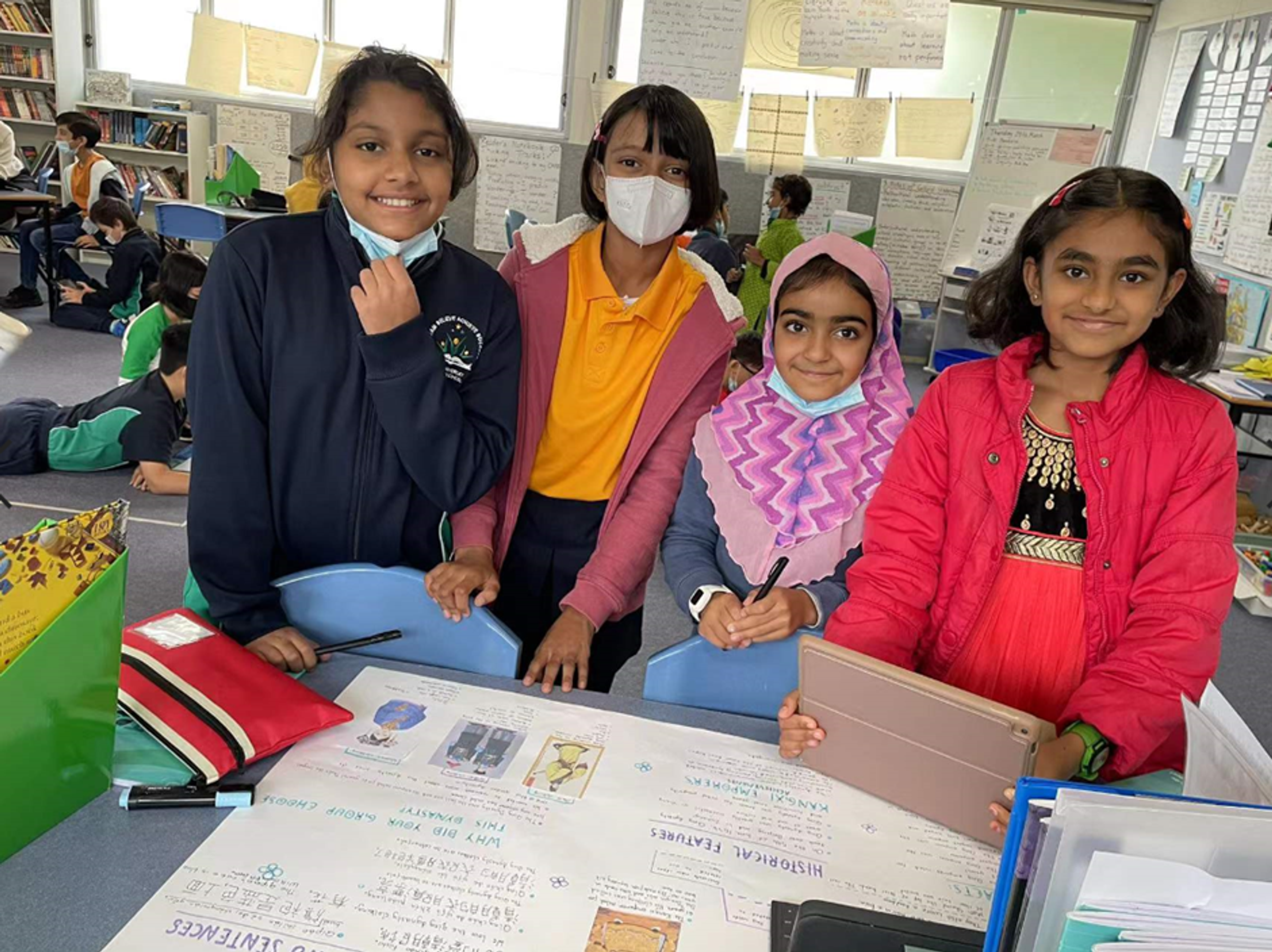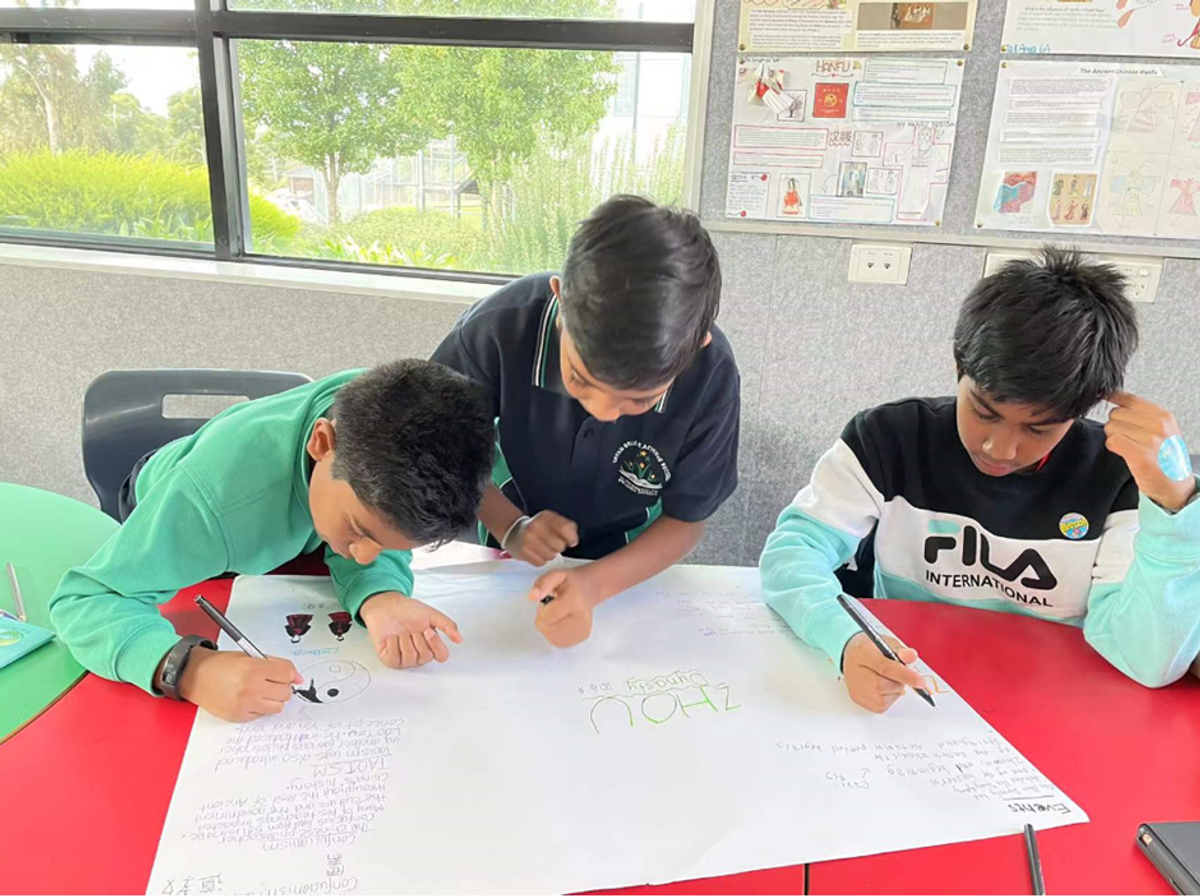LOTE

Welcome back to Term Two! We trust all our lovely families have had a restful Easter break and holiday and are eager to begin with what is promising to be a term full of fantastic learning opportunities in the language classroom. This Term, students will continue exploring strategies to improve their language skills through engaging in linking tasks. They will also be inquiring about the Dragon Boat Festival to deepen their understanding of the significant cultural traditions and celebrations.
Prep
In this term, Preps will be introduced to some cultural background knowledge and family values in Chinese, including home, dad, mum, brothers, sisters and pets. Students will keep exploring the ways to pronounce Pinyin through singing songs and playing various collaborative games. They are expected to develop an understanding of family relationships and demonstrate an ability to introduce their family members to others using the Chinese language.
Year 1
In Term Two, students continue to explore the Language of colours and fruit. Based on the project of ‘Market Day’, students are expected to create a number of fruit cards for their fruit basket. They will review the colours’ vocabulary and use new description words like sweet and sour in communication. Students will learn how to pronounce Mandarin sentence patterns through recognizing Pinyin and build confidence in speaking Chinese in various contexts.
Year 2
Year Two students will start to explore the topic of Transportation in the modern global context, and how it impacts our life. They will begin to listen to a range of text about modern transportation and to pronounce the sentence patterns. They will demonstrate an ability to sequence complex Chinese sentences using information technologies such as Chinese typing systems, online translator and Kahoot. A visual project will be created to demonstrate students’ learning success.
(What will they be learning about speaking, reading and writing in Chinese?)
Year 3
Students in Year Three will be learning on the language used to describe their daily routine. They will learn to identify the essential vocabulary for the target topic and develop metalanguage to talk about language structures. In addition, students will be practising the learned skills by interacting with others orally. Finally, to celebrate their learning, they will be creating a bilingual booklet that provides them with the opportunity to demonstrate their understanding of learning.
Year 4
This term, students in Year Four will focus on directional language in Mandarin. They will be comparing and contrasting structural differences and similarities in sentence structures between Mandarin and English. Students will work on creating conversations such as asking and giving directions. They will also be given the opportunity to choose a topic-related project that can demonstrate their learning such as creating a map, making a movie and working on a role play with peers.
Year 5
This term, students in Year Five will extend their knowledge from Term One learning - Clothes and Footwear. They will develop the ability to use a variety of verbs, nouns and complex sentence structures in Chinese to describe and give information about shopping for clothes and footwear and explore the features of Chinese Yuan (Currency). Students will have an opportunity to create a role-play in a group to increase their fluency of speaking skills in Chinese. They will also continue to apply the Chinese keyboard to create digital texts with complex sentences in Chinese Pinyin and characters.
Year 6
This term, Year Six students will extend their term One learning about Chinese food. They will discover Chinese dining etiquette and learn how to order food in a restaurant. The up-to-date Chinese food online order APPs and the main functions will be introduced. Students will also learn how to use adjectives and verbs in order to speak and write complex sentences, and how to order food in everyday life. They will inquire into the key aspects of Chinese dining etiquette and compare and contrast the different dining etiquette cultures around us. At the end of the term, they will create a virtual presentation to showcase their learning.

